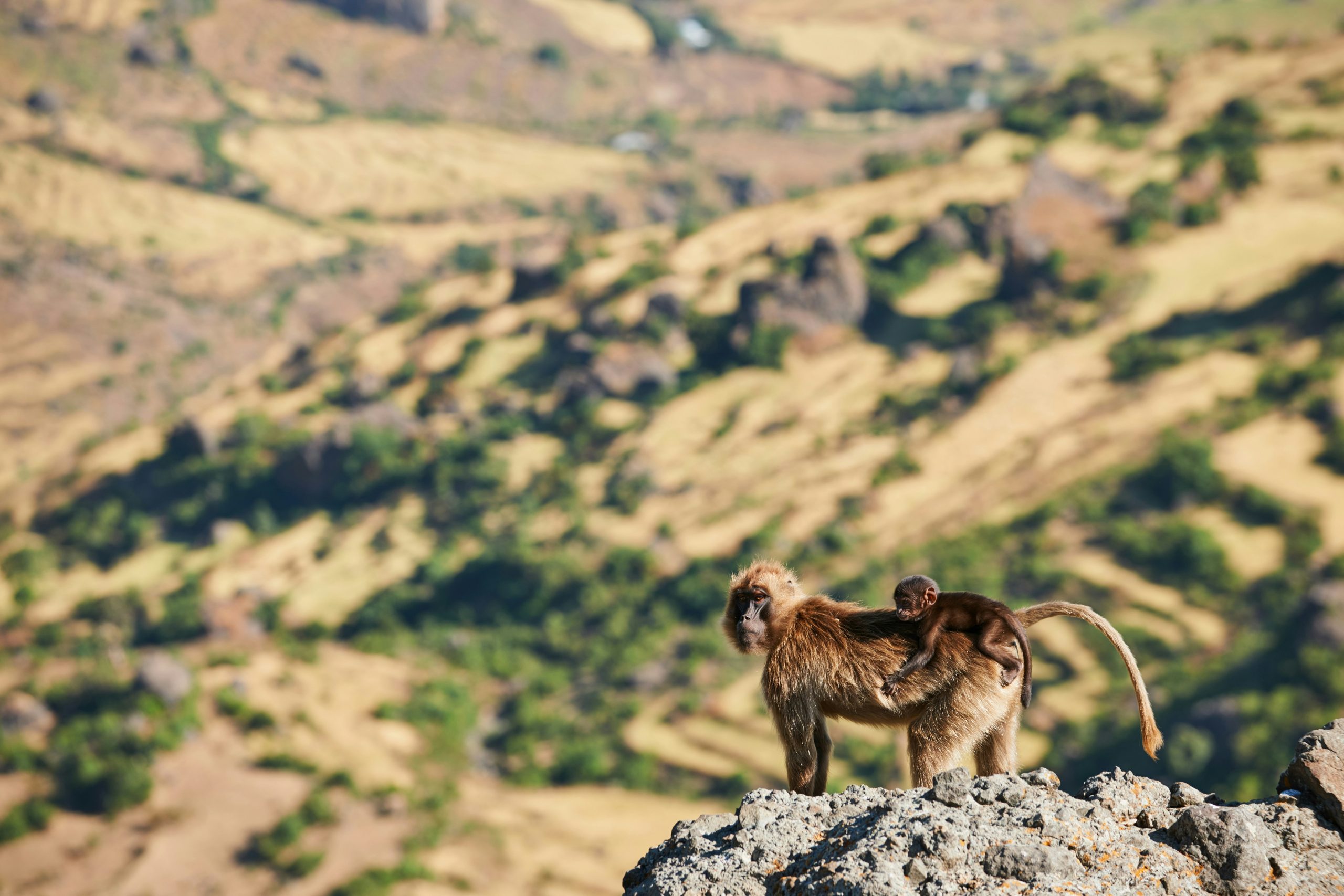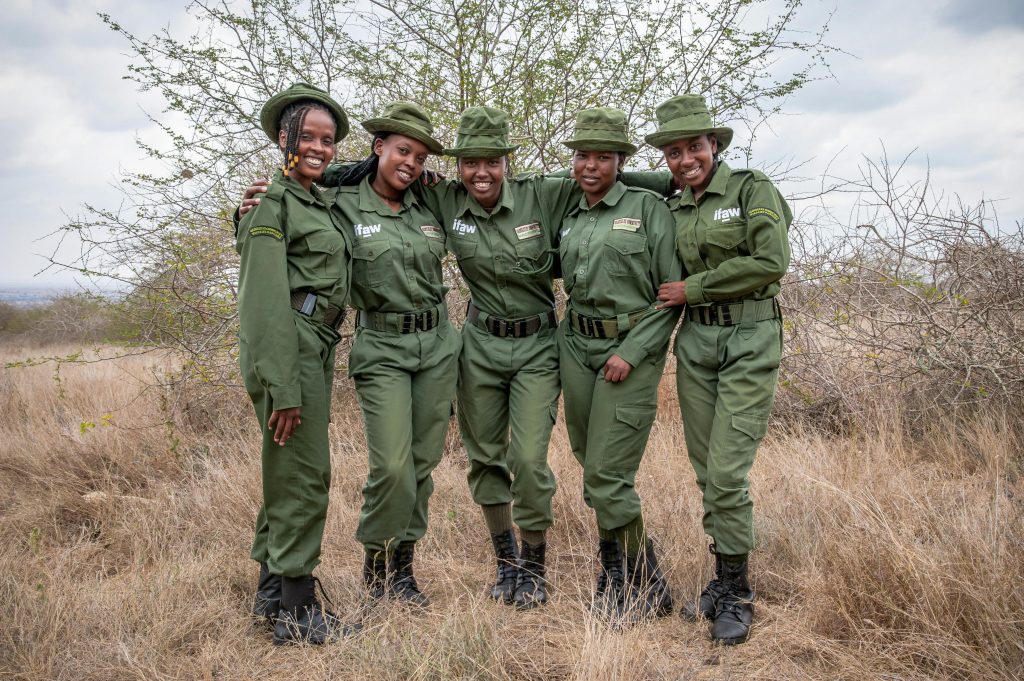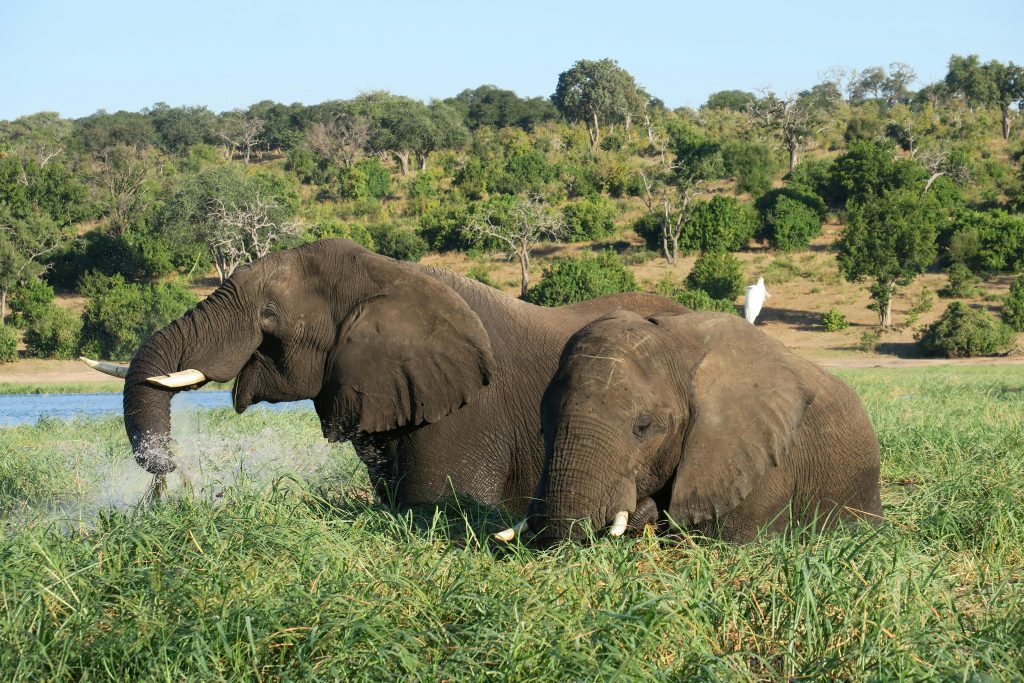
What works in conservation in Africa? What aspects are failing to grab headlines, and what valuable lessons can we extract from the regions in Africa where conservation efforts have flourished? How feasible is it to translate these successes into policies applicable elsewhere?
Understanding the politics of conservation allows for a more nuanced perspective on the dynamics within this sector.
Conservation in Africa – What Works

In 1930, the World Wildlife Fund estimated that Africa was home to as many as 10 million wild elephants. By 1980, this number had plummeted to 1.2 million, and today, only 415,000 wild elephants remain.
Yet, the situation is not uniform across all regions. Zimbabwe, for example, has seen its elephant population surge from 46,000 in 1980 to over 85,000 today, surpassing its carrying capacity by 30,000.
Botswana has emerged as a success story in conservation, contrasting with other countries grappling with declining wildlife numbers.
Aspen Initiative Africa convened conservationists Chris Foot, Richard Vigne (Executive Director, ALU), and Dr Emmanuel Mogende (Environmental Science Lecturer, University of Botswana) on a webinar moderated by Dr Laila Macharia (Founding Director, AIA).
The webinar kicked off with research findings from Dr Emmanuel Mogende, where he shed light on the politics and economics of Botswana’s conservation efforts.

Botswana’s Conservation is State Driven
The wildlife economy plays a pivotal role in Botswana’s GDP, ranking closely behind mining. This sector not only benefits the state but also local communities that reside alongside wildlife, fostering a coexistence that sustains livelihoods.
Successful conservation in Botswana is a blend of state commitment, political will, effective law enforcement, particularly in anti-poaching efforts, and active community involvement.
Land Policy in Botswana: Botswana designates 39% of its land for conservation, encompassing national parks, game reserves, and wildlife management areas. Within this, 22% is allocated to wildlife management areas, pivotal for community-based natural resource management, where local communities play a significant role in the day-to-day wildlife management. The remaining 17% comprises national parks and game reserves.
Policy on Tourism: Botswana employs a high-cost, low-volume tourism model, which prioritizes sustainability and aims to minimize ecological impact in its conservation areas. This strategy focuses on attracting fewer but higher-paying tourists, predominantly from the global north. This policy was introduced by the government in the 1990s to depart from the mass tourism approach observed in countries such as Kenya. Botswana’s model has significantly contributed to the preservation of fragile ecosystems like the Okavango Delta which sustains its wildlife, particularly wild elephants.
Effective Law Enforcement: Botswana maintains a zero-tolerance stance against poaching, demonstrating significant investments in training its rangers and state security entities responsible for wildlife protection, including the Botswana Defense Force.
Botswana’s Conservation is Community Driven
People who reside alongside elephants and bear the costs of human-wildlife conflicts actively participate through community-based natural resource management programs.
Community-Based Conservation Initiatives were established to address the environmental injustices of the colonial era. Their primary goals include conservation efforts and enhancing rural livelihoods.
They have decentralized management authority to local communities, allowing them to be directly involved in day-to-day operations. Communities are granted tourism concessions and receive financial incentives from conservation efforts.
Additionally, communities actively patrol their areas, reporting any illegal activities and thereby playing a crucial role in protecting wildlife at a local scale.
Botswana’s Conservation is Region Driven
Through the Transfrontier Conservation Area Program (TFCA), Botswana collaborates with Angola, Namibia, Zimbabwe and Zambia. In 2005, regional collaboration through KAZA conducted a survey that revealed a stable elephant population across the five countries involved, serving as evidence of their collective efforts.
Most African Countries have a Colonial Legacy
One key difference between Kenya and Botswana in conservation lies in land ownership. In Kenya, the government holds complete ownership of the land. Despite communities living with or adjacent to wildlife having served as custodians of biodiversity for millennia, they often do not reap the benefits from the wildlife or its habitats.
Kenya carries a colonial legacy of national parks, where conservation areas were fortified and kept separate from human habitation. However, in the last few decades, conservancy movements in Kenya have transformed this approach.
Likewise, Rwanda initially initiated its conservation efforts with methods that would be deemed unacceptable by today’s standards, such as evictions from protected areas and voluntary relocations. However, conservation practices have evolved, with conservationists now placing greater emphasis on maintaining positive relationships and social licenses with communities.
As a result, conservation efforts that could have been expedited now face prolonged timelines due to the necessary input from communities. For example, in Kenya, the devolved system has led to significant tension regarding the distinction between national assets and county-owned reserves.
African Countries View Biodiversity as Limitless

Biodiversity is often seen as optional rather than vital for human welfare. However, this perspective is being challenged, particularly through the lens of ecosystem services. For example, the crucial role that insects play in crop pollination highlights the tangible benefits that biodiversity provides to humanity.
This contributes to global crop production, valued at millions of dollars. However, there are regions where insect pollination and other ecosystem services have been severely diminished. For example, in America, beekeepers must transport bees from farm to farm due to the decline in natural insect populations caused by habitat loss and the widespread use of pesticides.
Africa is coming to terms with the consequences of losing these vital services. Biodiversity is neither endless nor free. As Africa begins to recognize the value of nature and learns to coexist with ecosystem services and ecological processes, conservation efforts become more feasible.
In countries like Kenya, national parks account for approximately 12% or less of the total land area. Unlike many African nations, Botswana can set aside substantial land areas for wildlife conservation. However, this approach may not be sustainable for African countries facing limited available land. The key lies in finding ways for people to coexist with nature sustainably, which forms the foundation of modern conservation efforts.
The needs of African communities are significant and the return on investment (ROI) for wildlife conservation must be demonstrated to them at both micro and macro levels. Many of these communities have experienced eviction from ancestral lands, which historically served as vital resources for meeting their needs, due to colonial efforts to preserve wildlife. Today, most of these communities reside in remote, underdeveloped rural areas where poverty rates are high.
Hunting bans in Botswana and Kenya have led to a decline in conservation outcomes. Science shows that Kenya’s wildlife diminished by 70% since the 1977 hunting ban. In return for their stewardship of these resources, communities should be economically rewarded.
When wildlife and wilderness are acknowledged for their intrinsic value in sustaining communities, their true worth becomes apparent, boosting conservation.
Financial incentives can address the environmental injustices of colonization. By incentivizing communities, Africa can effectively mitigate human-wildlife conflicts.
Conservation in Africa – What’s Next
Africa is a global leader in conservation, with Botswana, Zimbabwe, and Kenya offering valuable models to learn from. However, Africa’s conservation efforts are hindered by policy and regulatory environments that impede innovative approaches to biodiversity, ecosystem services, and wildlife conservation.
Africans sit upon a national heritage that is increasingly valuable. There is a substantial responsibility to educate the political class about these assets and ensure their accountability.
African governments, through policy initiatives, should recognize the inherent value of this national heritage. If properly leveraged, this asset can transform into a highly investable opportunity. Rather than being an economic burden, it can become a catalyst for economic development and empowerment.
There is a mobilization of corporate and capital markets, and conservationists must position themselves as investable entities understanding what it takes to facilitate successful biodiversity investments.
